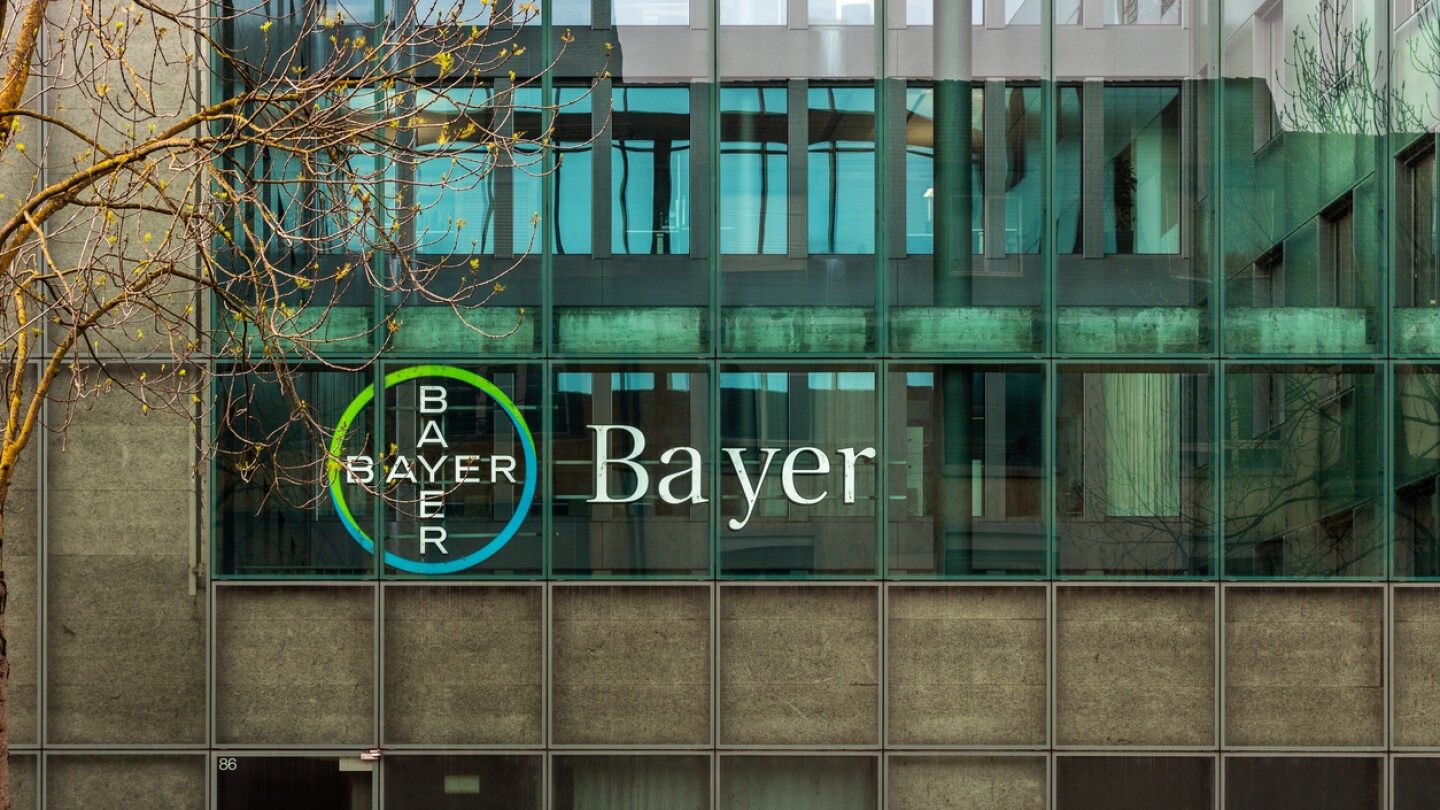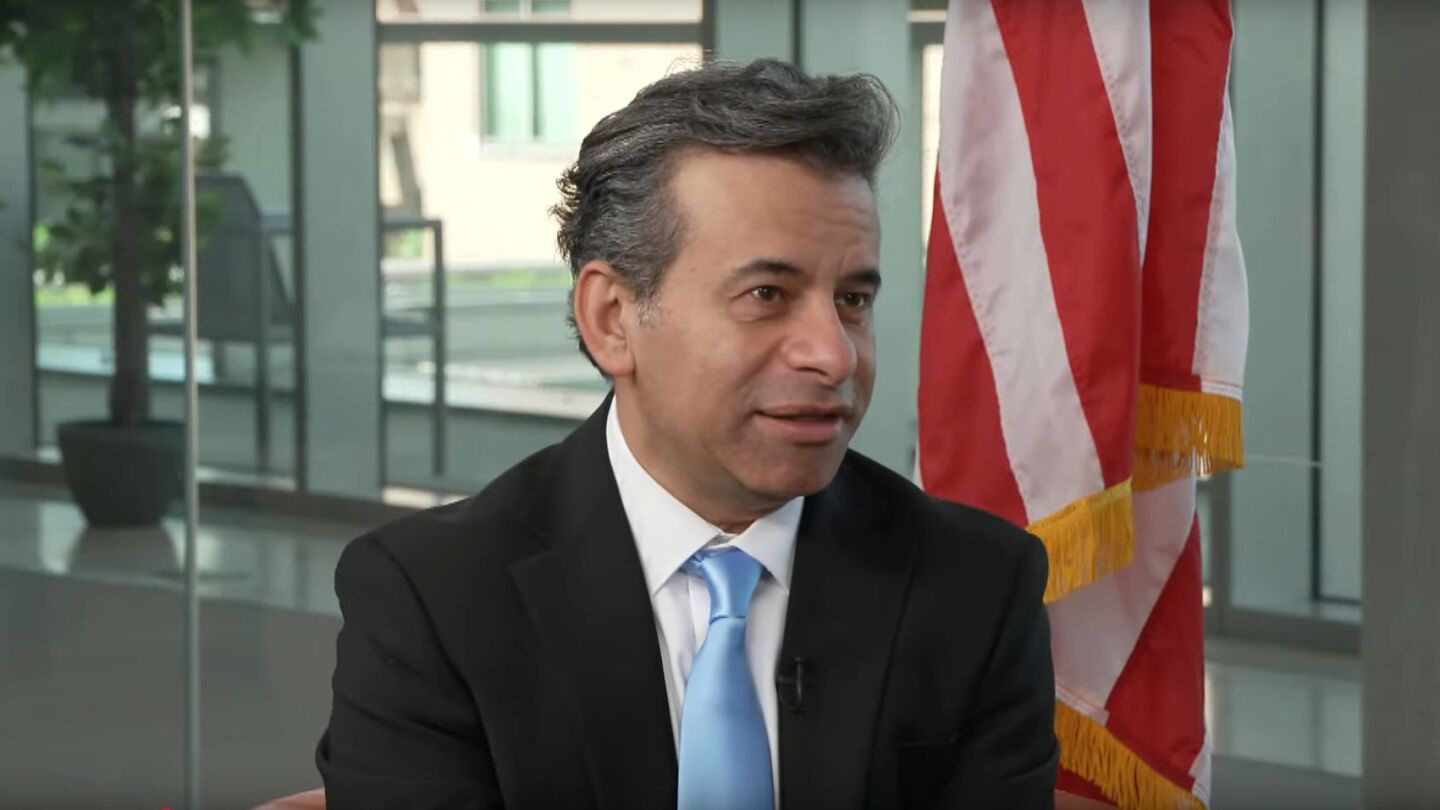News
Johnson & Johnson will discontinue the Phase II Auτonomy study of posdinemab after a scheduled review found the anti-tau antibody failed to slow clinical decline in patients with early Alzheimer’s disease.
FEATURED STORIES
Novo Nordisk goes “on the offensive” following Trump deal that also included rival Eli Lilly, putting an exclamation point on rapidly declining GLP-1 drug prices. Experts say the unusual situation makes it hard to predict what’s next.
Drug candidates don’t usually move among Big Pharma, but these five biotechs helped facilitate such hand-offs, scooping up assets from one pharma on the cheap before being bought out for billions by another.
A week into his tenure as head of the FDA’s Center for Drug Evaluation and Research, experts agree that Rick Pazdur is the “ideal fit” to stabilize the agency. And, according to one ex-FDA official, if his CBER counterpart Vinay Prasad tries to supersede Pazdur’s authority, “there will be hell to pay.”
Job Trends
With layoffs happening at biopharma companies of all sizes, some may wonder which jobs are safest. Talent acquisition experts spoke to BioSpace about the areas and roles they recommend to biotech and pharma professionals hoping to avoid staff cuts.
FROM OUR EDITORS
Read our takes on the biggest stories happening in the industry.
Sarepta Therapeutics’ stock has dropped precipitously as questions swirl around the safety of its gene therapies. Meanwhile, the Duchenne patient community fears losing access to Elevidys while the regulator considers more drastic action.
THE LATEST
A new analysis from Jefferies shows that drugs receiving breakthrough designations sail through the regulatory process more quickly, on top of frequently winning approval.
The drugmaker’s dominance of the obesity market is fueling predictions that years of growth lie ahead.
Aspen is now also considering the possibility of an initial public offering next year in an effort to bring its cell therapy to the market.
The nod brings Bayer face-to-face in the market with Boehringer Ingelheim and AstraZeneca, each of which has its own HER2 blocker for non-small cell lung cancer.
The approvals come as a pleasant surprise for Regeneron, analysts say, helping bolster the overall product profile of high-dose Eylea despite outstanding manufacturing concerns.
Biopharma professionals will probably find decreasing employment opportunities this month and next even as layoffs continue, based on BioSpace data. However, hundreds of open roles are expected this year in Massachusetts, and a job market turnaround could start late next year.
If Eli Lilly’s obesity pill orforglipron is approved and priced around $200 per month, analysts at Truist predict patients will flock to it.
The CRO market in the APAC region is thriving, particularly in China, due to intense clinical trial and innovation development, with Western investors and pharma leaning in.
A spokesperson for the FDA said the agency is “considering a wide range of options to support American innovation.”
Lundbeck had tried to scoop the narcolepsy drug maker out from under Alkeremes with $2.4 billion, but Avadel has elected to go with its original suitor.






















